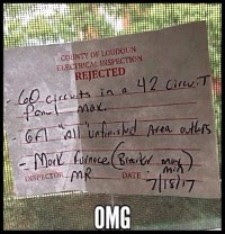Meet Kevin Donner of Treesmith USA. He’s the focus of this month’s client spotlight and has a job that I find fascinating: he’s a local arborist.
A tree on your property is an investment. If you take care of your trees, their beauty will increase the value of your property – detract if they are messy, diseased or need to come down. Great looking trees increase the value of your real estate! They give a property character and add a sense of place to a home.
Kevin has a holistic approach to working with trees. Most tree landscaping companies care for short term aesthetics and don’t focus on the health of the trees. And when they prune or cut down trees they simply get rid of the material – throw it away because it’s more cost effective.
Kevin focuses on the individual care of trees. As an ISA Certified Arborist, he not only identifies and tries to correct issues, he also prunes and takes down trees when necessary. He hauls away mulch the owner doesn’t want and composts it on his property and then uses it for upcoming jobs. He also gives homeowners the option to save some of the wood in case they want to use it for a countertop or furniture. He will bring his portable mill, cut, and then stack the pieces so the homeowner can make something in the future if they choose. Most people just want the trees hauled away, so Kevin makes slabs from the many trees he has taken down such as White Oak, Cherry, Black Walnut, Red Oak, and Sycamore. He stores milled lumber and makes it available to local woodworkers.
I asked Kevin what the major problems are that he encounters with trees. He said, “Trees in urban environments are typically surrounded by poor soil, especially in subdivisions. We expect these trees to thrive. The soil is generally too compact and lacking in nutrients.” Sometimes mulching helps. When soil is severely compacted, he brings out the big guns, a supersonic air tool (called an air spade) and does radial trenching. Think of the tree as the center of a wheel and the tree’s drip line as the outer edges of the wheel. You create “spokes” (trenches) that are approximately 8-inch wide and 12 -16 inches deepby using the air spade . Then you mix your soil with leaf compost while you backfill. The leaf mulch provides oxygen and nutrients back to the rootplate and gives roots more depth to grow.
Pruning and removal is the bulk of the Treesmith business. That brings us to the sore subject of topping trees. According to Kevin, it’s a practice that has been sold to homeowners over the years, and does more harm than good. He can normally talk them out if it. Sometimes he suggests removing the tree because topping a tree causes a maintenance nightmare. Best practice is to plant trees properly. “If you’re going to plant under something like a power line,” says Kevin, “plant a Dogwood or a Crabapple - not an Oak.”
Applying mulch around trees mimics the forest floor but sometimes less is more. “Piling mulch high is so incredibly common,” according to Kevin. Continued exposure to moisture weakens the bark, leaving it vulnerable to insect infestation and disease and creates an environment for girdling roots. Girdling happens when you raise the grade of mulch and the root senses there’s a lot more soil here to grow and sometimes will turn back and go right past the trunk of the tree so eventually the root suffocates the main stem of the tree. The same thing happens if you buy a tree from a nursery and plant it too deep. Radial trenching with the airspade is a remedy for this problem.
Treesmith does selective weight reduction when pruning. A good climber can remove a lot of mass from the outer canopy without making big cuts. You can cut off 2-inch limbs and reduce a tree by 10 feet. That's the growth on the tree that has the most leverage against the center of the tree, the growth that will bring a tree down when it’s out of balance. You should relieve stress from the tree by trying to create a smaller version of the tree. Every cut needs to have a purpose and you need to have a good understanding of how the tree will react to every cut you make. One of the principles of good pruning is trying to avoid cuts on mature trees that are greater than 4 inches in diameter.
Why don’t you want to cut a limb greater than 4 inches in diameter? According to Kevin, trees don’t heal, they just grow more wood on top of their wounds. Big wounds made in the growing season may cause fungus, insects and bacteria to set in. For mature trees, this can trigger an irreversible spiral of death. One bad pruning cut may not kill a tree, but compounding factors is what we should try to avoid. Check out this SUPER-COOL video of Kevin with his GoPro on, scaling and pruning a tree!!!
Another bad pruning practice is “Lions Tail” when all of the limbs at the bottom are cut off and there are many branches on the top. Now you've raised the tree’s center of gravity and it becomes more top heavy and you've also cut off all the bottom branches so now the top of the tree is receiving all the lower branches nutrients which makes it grow even taller and displaces the center of gravity further. And now the lower limbs that help dampen the effects of the wind are gone and the result is you have an unstable tree that will topple after repeated rain and windstorms.
How did Kevin get into tree work? He was working with a fellow that had a sawmill, and also doing old building restoration, timber framing and logging in the winter with cows, (way easier on the environment than conventional logging). He saw a sign on the back of a truck that said Tree Climbers Wanted. “By then, I was in love with trees so wanted to learn everything I could," Kevin explained, “I worked for a big tree company for 4 or 5 years and I learned everything I could. Then I was sent to an intensive Tree Science course and learned everything about science, fungus, bugs, bacteria, pruning, tree anatomy, and wow, all kinds of stuff and so I pretty much knew I wanted to do this forever.”
Then Kevin went to New Zealand with his wife, Emily, where they lived for a year and he worked for a tree company there. The trees in New Zealand are very different from the US - they are considered exotic there. They went to tour an “exotic” forest hoping to see some amazing trees they had never seen before but the forest contained many of the trees that are native to the US. They also went to Tasmania and saw the largest “flowering trees” in the world – Swamp Eucalyptus – 300 feet tall!
Kevin started his own company right at the beginning of COVID. He relied on family and friends for work and then the word spread. He’s a one man show but for big jobs he brings in other independent tree professionals. And they bring him in on their bigger jobs. “It’s a great tree community”, Kevin remarks, “and it’s great to collaborate on big projects. We make sure that we follow safety practices and are fully insured".
Kevin would like to see more native trees grown In this area. Nurseries carry all sorts of trees but sometimes you can’t find a lot of good, native trees like Walnuts, Hickory, Virginia Pine, White Oak, Sycamore, Sassafras, Beech, Black Gum, Persimmon, Dogwoods, It would make him happy if he never saw a Bradford Pear again. He recommends Piedmont Nursery in Markham for a good selection of native trees.
I hope you enjoyed learning more about trees. Not only do trees store carbon dioxide from the air in their wood which helps slow CO2 buildup in the atmosphere, they make your property look great. Great looking trees increase the value of your real estate! There’s a Chinese proverb that says, “The best time to plant a tree was twenty years ago. The second best time is now.”
Give Kevin at Treesmith USA a call and email if you need somebody to take a look at an ailing tree, trees that need pruning or if you need a beautiful, local, wood slab. office@treesmithusa.com

Juanita Tool, Realtor
p. 703.967.0431
e. juanita.tool@corcoranmce.com
w. juanitatool.com









